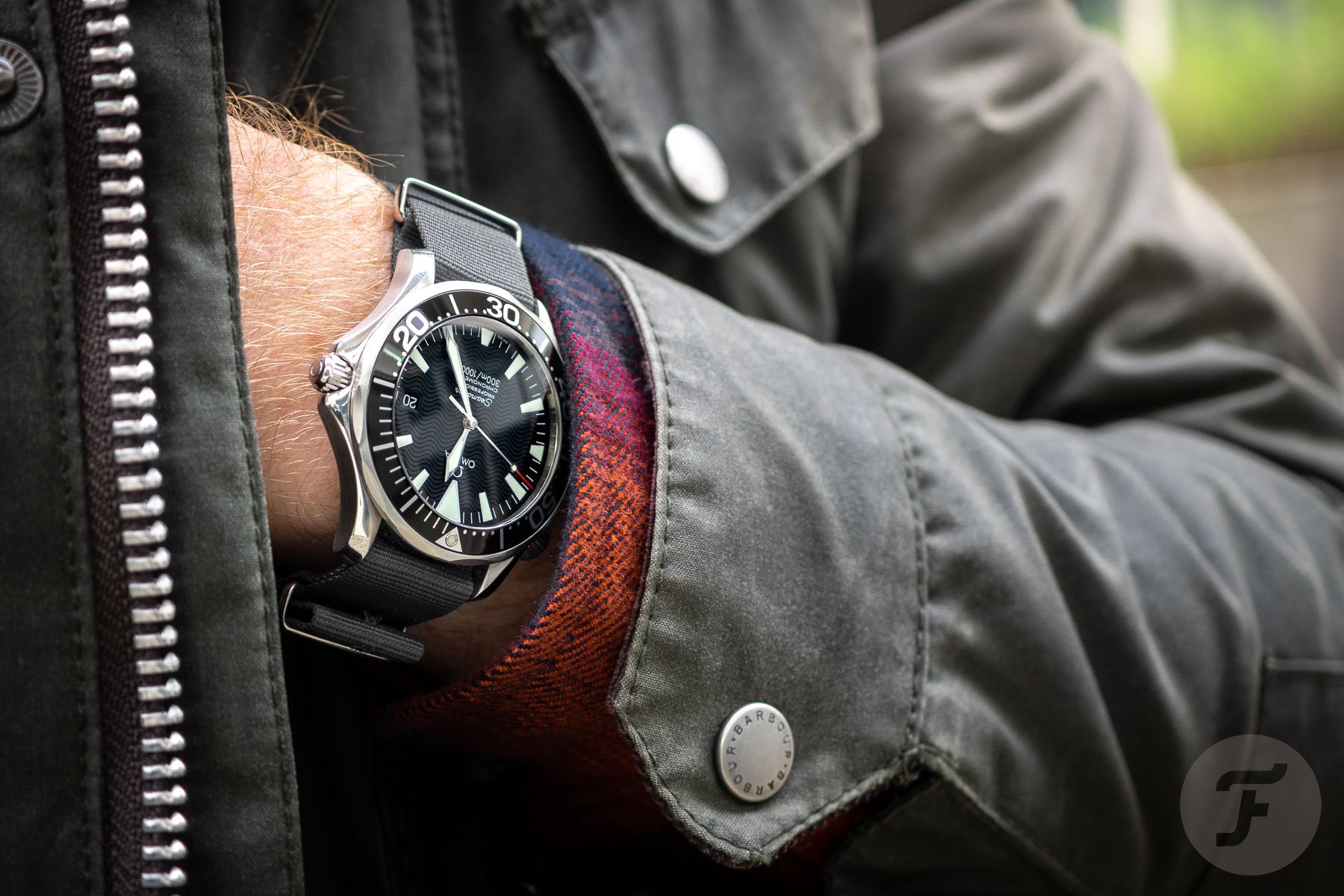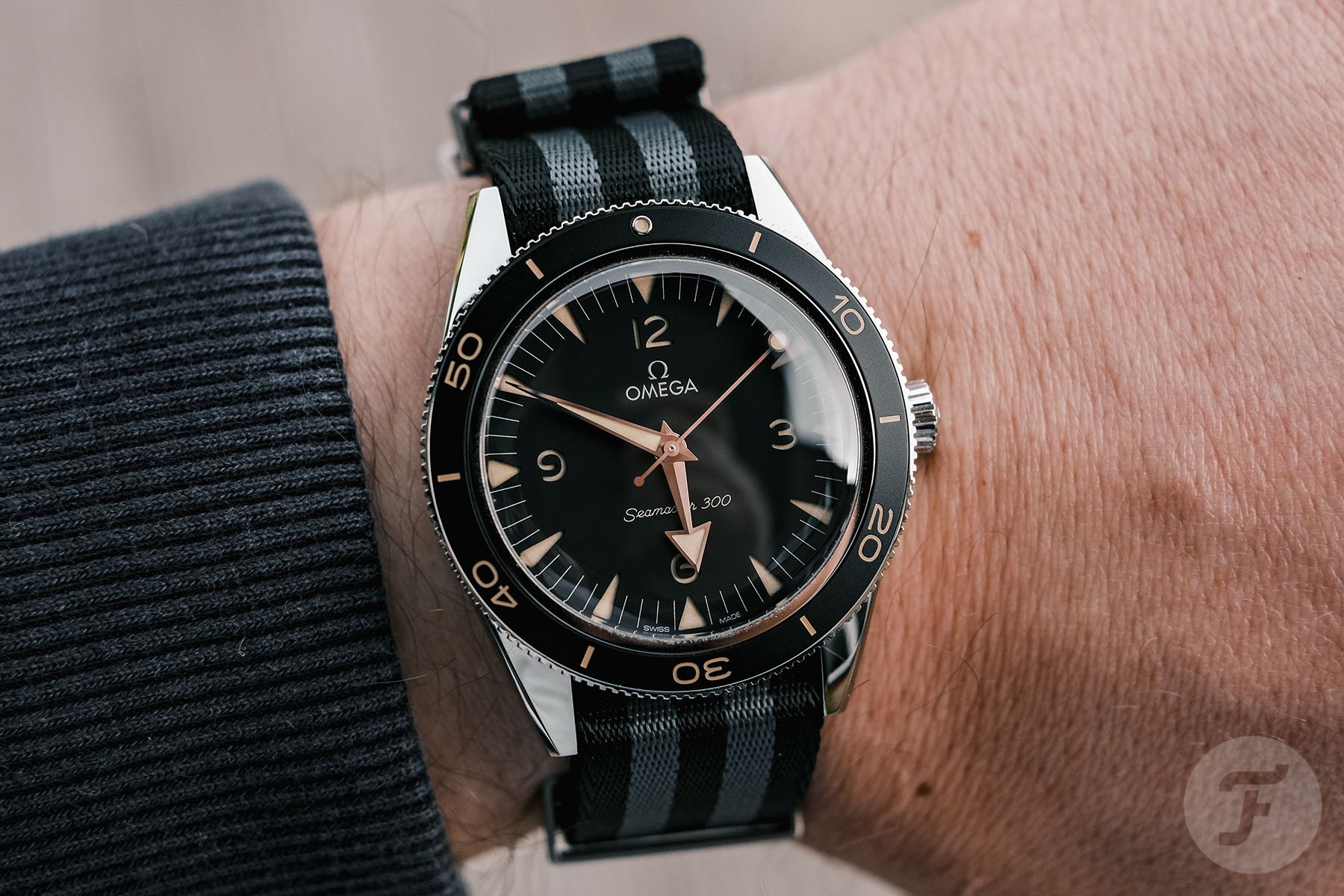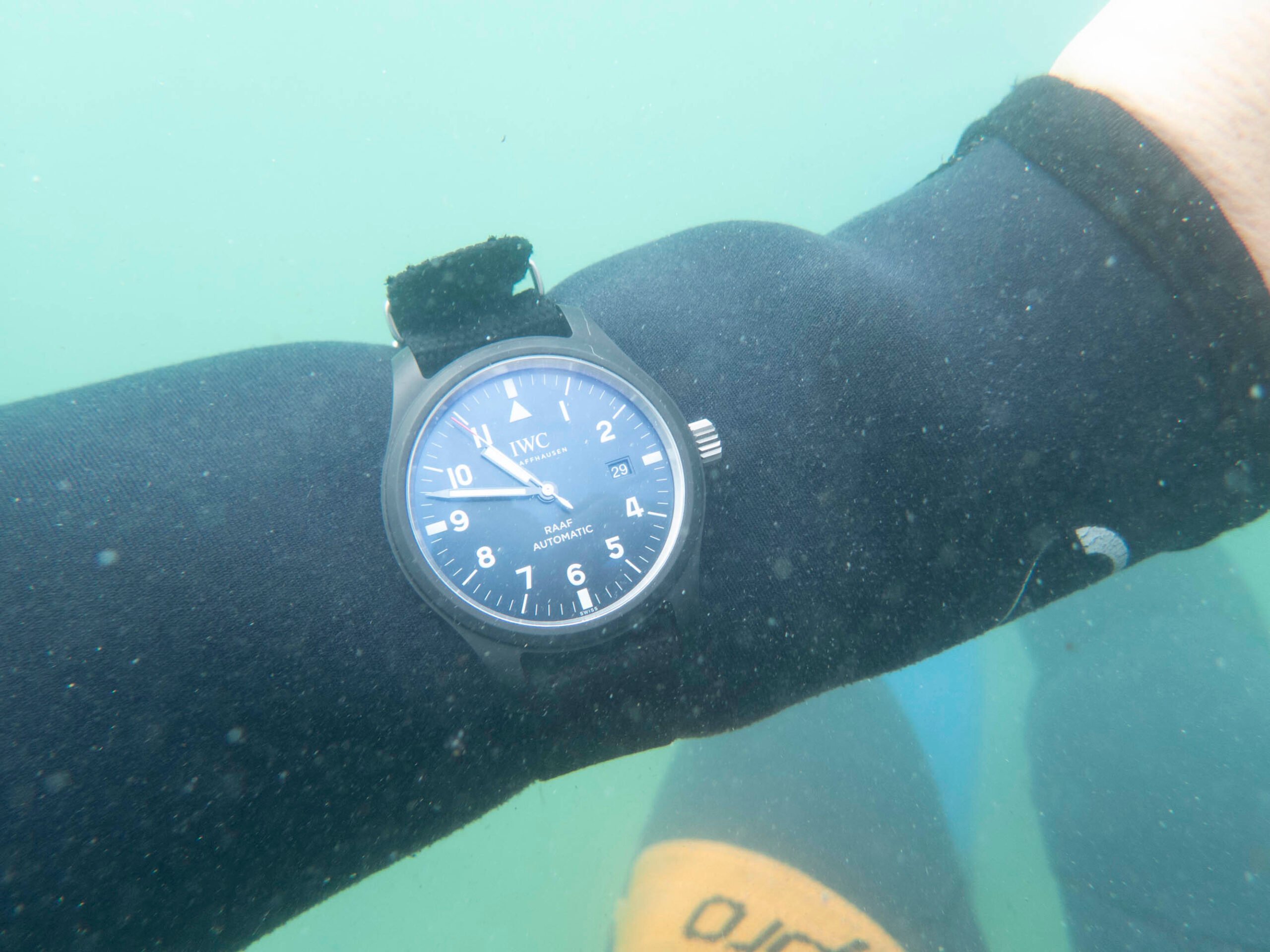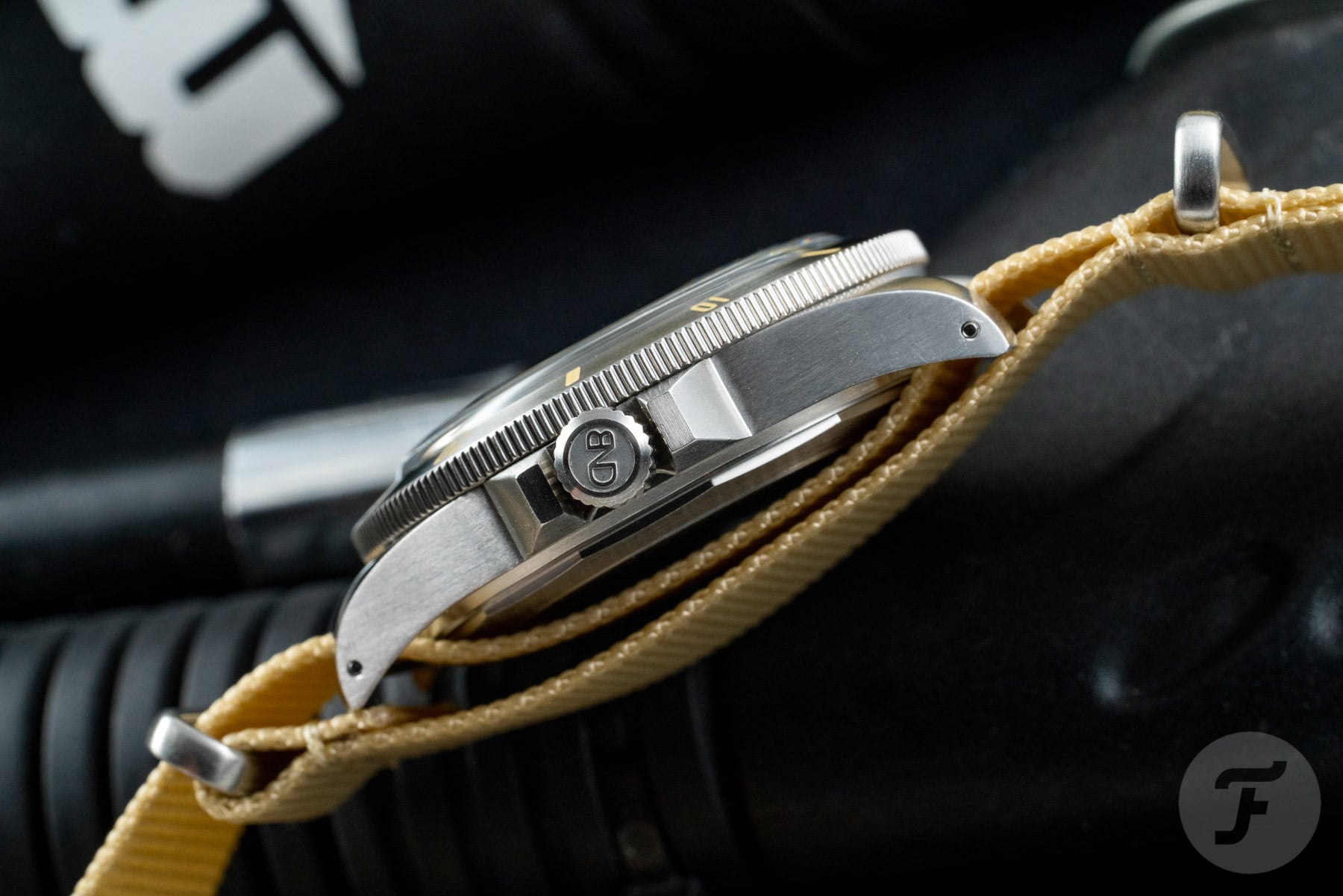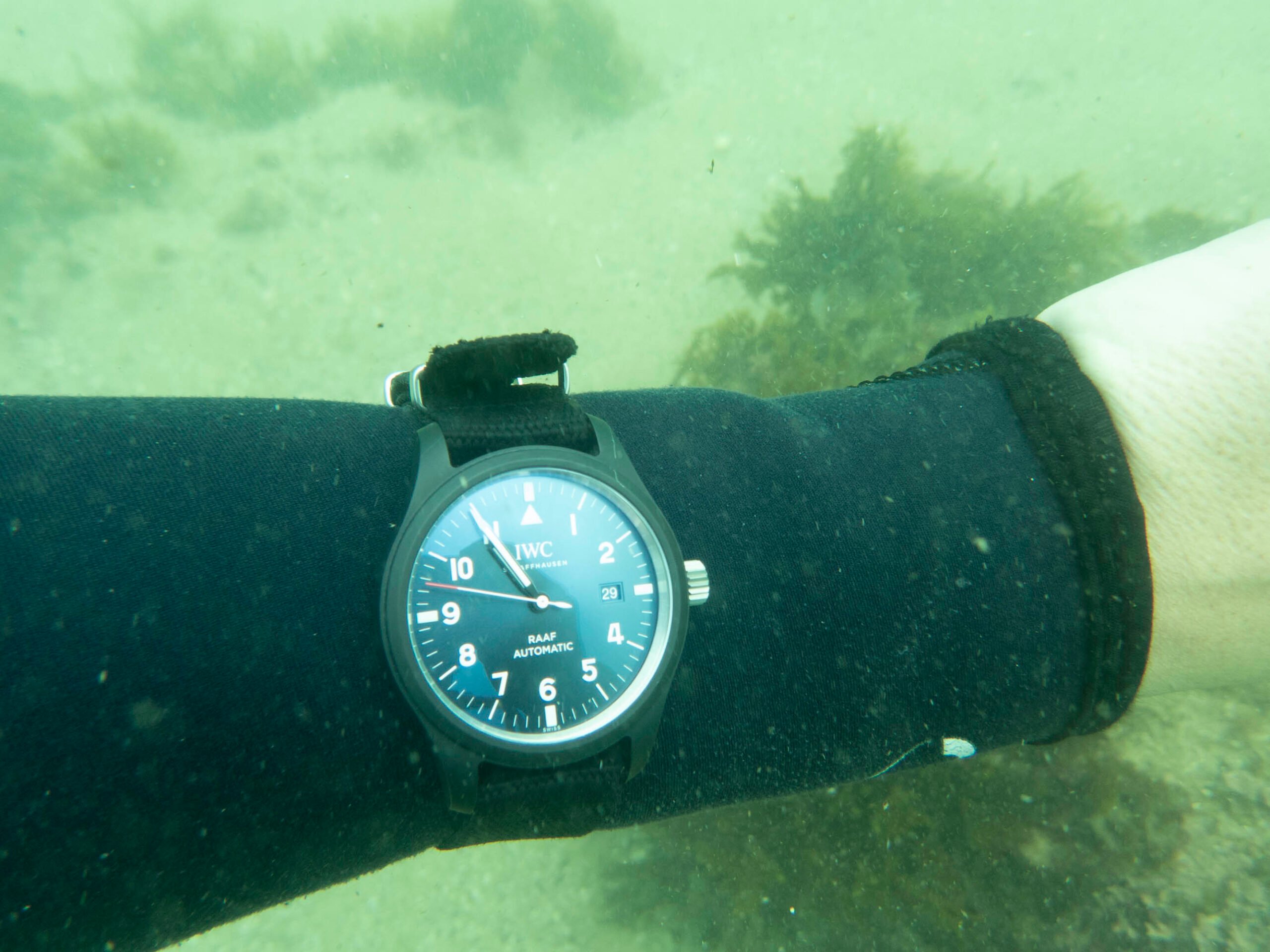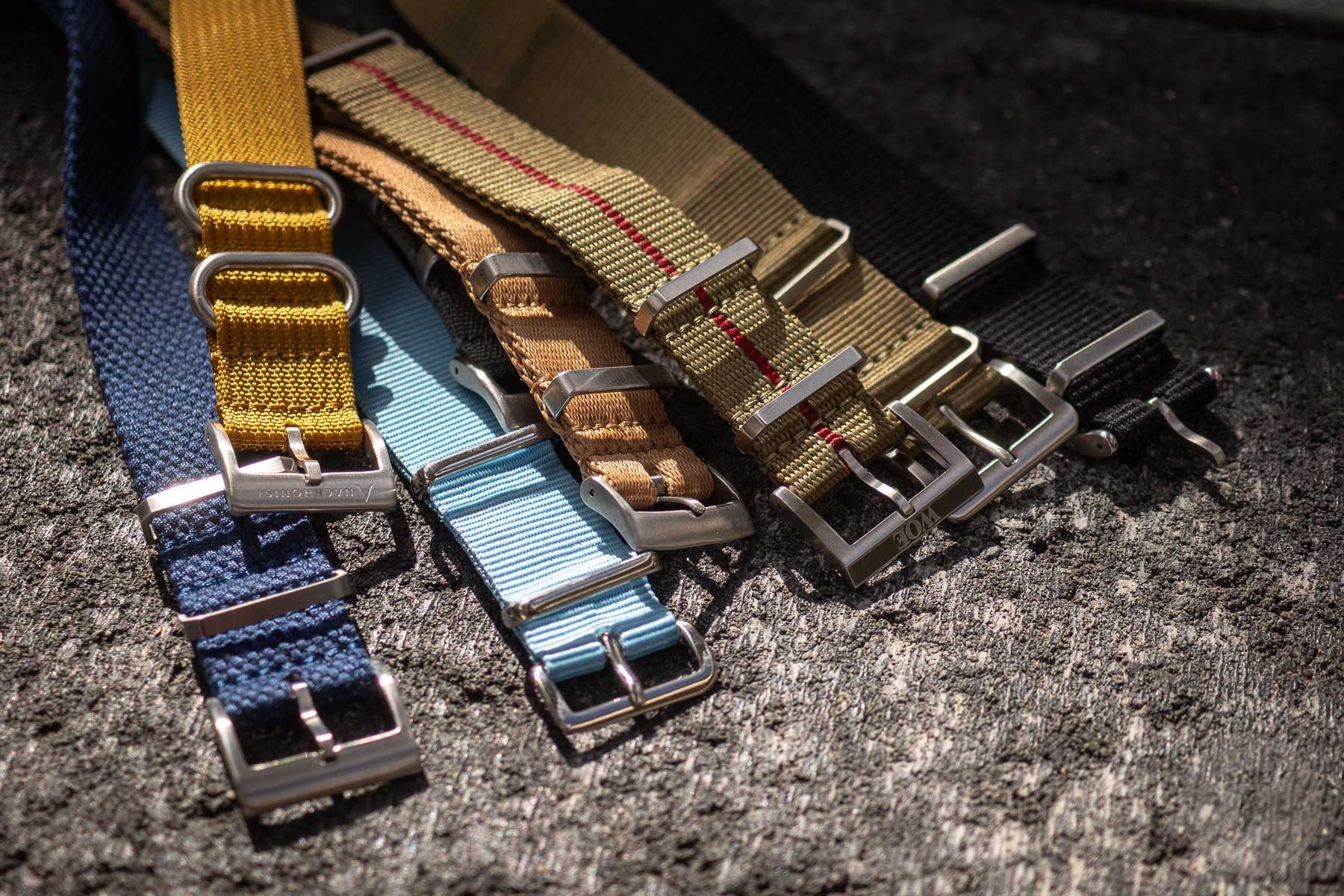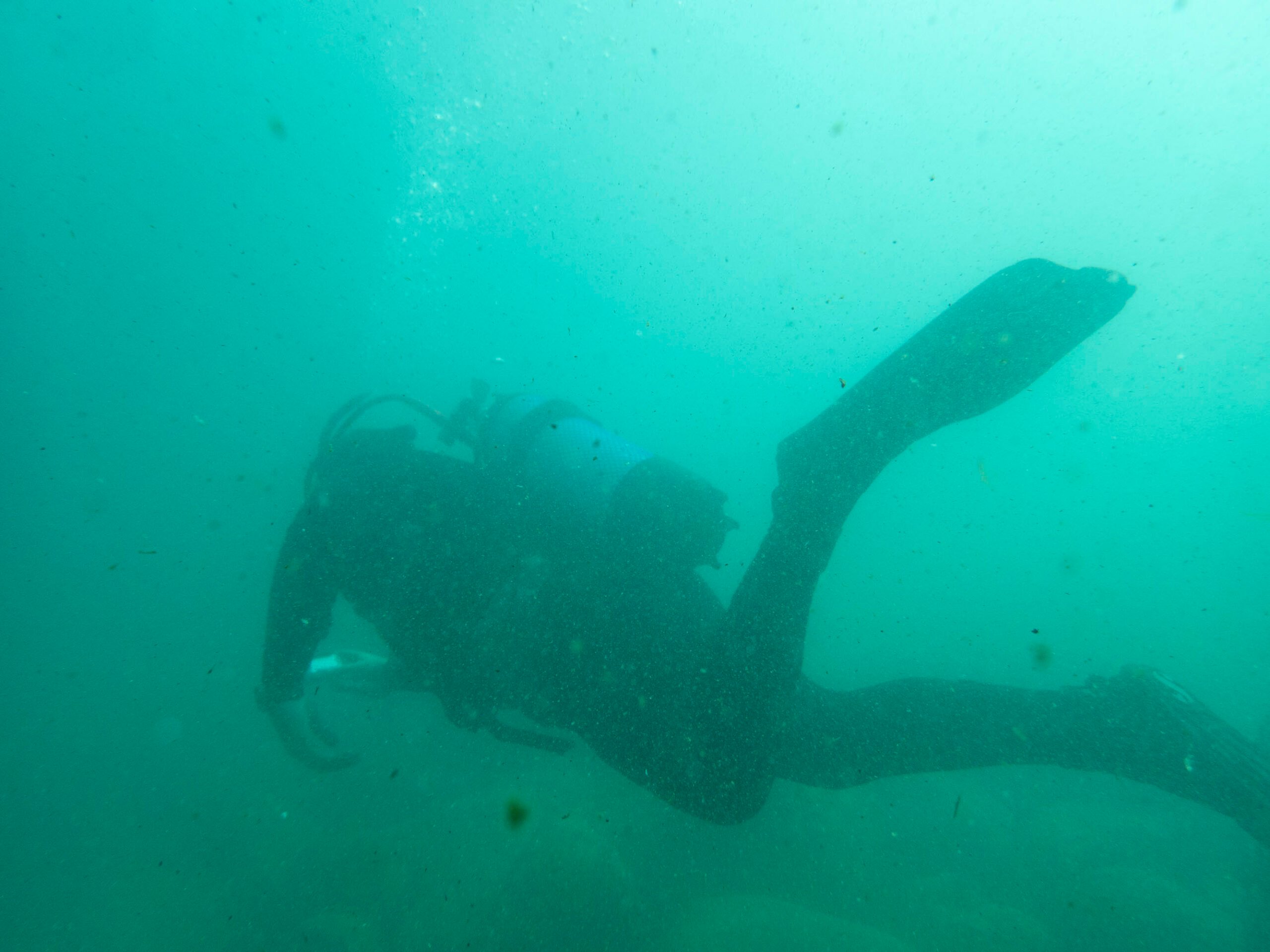How Scuba Diving Changed My Attitude Toward NATO Straps
NATO straps have seen a massive boost in popularity in recent years. Once used exclusively by military units, they are now one of the more common strap options I see on the street. For many people, a NATO-style strap is probably mostly a fashion statement. By this, I mean it is a strap that just looks cool or adds a certain tool-like quality to a watch. There is nothing wrong with that, but it would be selling these straps short because there are many advantages that go beyond looks. Finally, after years of disliking NATO straps due to the extra bulk they bring to a watch, I get it. Yes, I have reached enlightenment, and here’s why.
Some context, thanks to NATO
For those of you who don’t know, NATO stands for North Atlantic Treaty Organization. NATO is a military alliance of 32 countries across Europe and North America. The alliance was founded on the principle of collective defense: if one member is attacked, all members respond. Originally formed in 1949 to counter the USSR, it now focuses on a broader range of security issues.
According to NATO, the British Ministry of Defence introduced what we now know as the NATO strap in 1973. “Back then, there was only one version and it had a singular tone: admiralty grey. Nicknamed the G-10, British Special Forces were required to fill out a G-1098 form before being issued the strap. The material of the strap was nylon and had a width of 20mm. The buckles were chrome-plated brass and [the strap] held an appeal within the military for its durability and practicality. With two spring bars and added length so troops could wear a watch on top of their uniforms, the design ensured that watches would stay secure on the wrist.”
Why “NATO strap”?
As NATO notes, “Soon after the initial roll-out to British Special Forces, the strap was modified to represent different military regiments. Where the term ‘NATO’ derives from is (…) the alphanumeric code used in the British MoD to identify all standardised material items of supply. The code was called the NATO Stock Number (NSN). So, while the NATO strap is not actually a NATO-branded strap, it is an important article of clothing that was used by forces of a NATO member country.
“Moreover, while many might assume the most iconic featurette of the strap was seen in the first four James Bond films, the shots of the watch worn by Sean Connery in Goldfinger were actually filmed nine years before the launch of the original NATO strap back in 1973. Even so, the appeal of the striped nylon band holding Bond’s Rolex Submariner in place echoes a similar style and fashion to that of a true NATO strap, to the extent that it was called the Bond NATO.”
Hacking the thickness factor
Over the last year or so, I have developed a real appreciation for NATO straps thanks to several factors. One of the things that used to annoy me about these straps was that they would add thickness to a watch. Unless the watch was already quite slim (say, 8–10mm), this would be quite noticeable. This was particularly because of the extra loop that NATO-style straps employ, which results in two layers of material beneath a watch case.
One way of getting around this is by simply cutting the extra material off and using a lighter or naked flame to singe the strands so they don’t fray. This is something that I used to do regularly with any new NATO strap I got. Some brands offer nylon single-pass straps that don’t have the extra loop. I usually just do the chopping, though, as it is quick and easy. Another way to reduce bulk (not thickness) is to simply have the watch sitting about in the middle of the strap so the folded tail will sit underneath your wrist and more out of the way. With these modifications or the use of a single-pass strap, we overcome my first dislike of NATO-style straps.
The benefits of NATO straps
I found that the benefits began to grow on me. If you have an active lifestyle, these benefits are all the more significant. The first major one is the security the strap provides in the rare case of a spring bar breaking or popping out. This can and does happen. Recently, my friend Jack sent me an image of a Seiko Turtle he was wearing while playing sports. The watch was being held onto his wrist with just one spring bar thanks to the NATO-style strap. If it hadn’t been for that strap, the watch would have hit the hard surface of the ground at speed.
This is a feature that’s important enough when you’re playing sports or even just walking around. But what about when you’re scuba or free diving? The idea of my watch sinking rapidly into the abyss makes me shudder, particularly when it’s all because of a lost spring bar! This does happen, as any story about a lost Rolex Submariner or found Omega Seamaster will reveal. Recently, I went and got my PADI Open Water Diver’s license. Since then, I have been going on quite a few dives and taken several watches. What hasn’t changed, however, is what strap I have decided to take. You guessed it — a NATO-style strap.
It’s not just due to the added security that these straps provide underwater. It’s also because of their ability to be quickly adjusted around thicker wet suits or placed higher up the arm, out of the way of a dive computer. This feature is absolutely brilliant when you need to maneuver the watch out of the way.
Concluding thoughts
Finally, we get to one of the best things about NATO straps: you can still find relatively well-made options for not much money. Unlike nearly everything else in the world, these straps haven’t become much more expensive over the last few years. There are luxury options, to be sure, but also well-made and affordable ones.
I have worn NATO straps from our Fratello Shop as well as other makers, like Bark & Jack, Watches of Espionage, and Crown & Buckle. They’re all good, so it just depends on what features and price point you’re looking at. The flexibility when it comes to colors and styles only makes choosing the right option for you a little bit of extra fun. I’m boring and usually stick with a black, green, or gray strap. But what about you, Fratelli? Do you wear NATO-style straps much or not? Let me know why in the comments!

